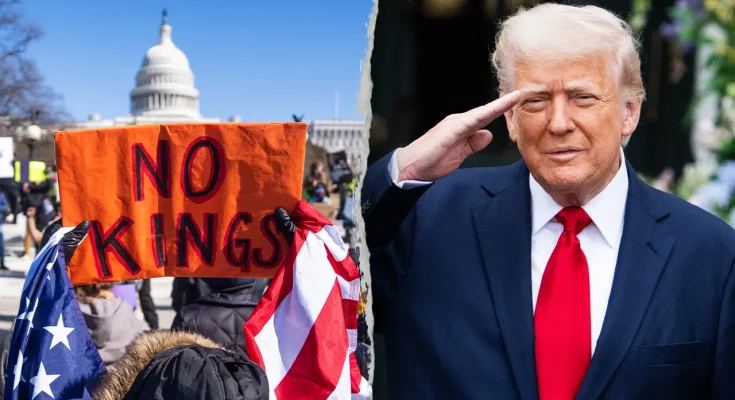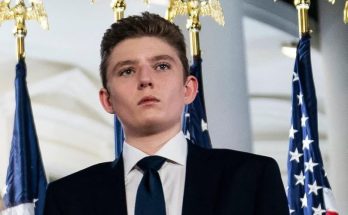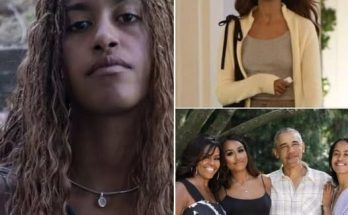It started with chants echoing through city streets — “No kings! No crowns! No tyranny!” — as millions of Americans took to the streets to protest what they saw as Donald Trump’s growing authoritarian grip.
But few realized that within 24 hours, Trump would strike back with three calculated and controversial moves — actions that his critics now call an open attempt to “make the protesters pay.”
The Protests That Shook the Country
Last weekend, from New York to Seattle, from small towns to sprawling suburbs, the “No Kings” movement erupted across America.
What began as a grassroots call for accountability quickly became one of the
largest coordinated demonstrations in U.S. history — more than seven million people marching against what they called “Trump’s monarchy mindset.”
Handmade posters read “We Elect Presidents, Not Kings” and “America Has No Crown.”
Drums thundered, flags waved, and chants filled the air as protesters demanded limits to executive power and transparency from the White House.
For many Americans, the protest wasn’t about politics — it was about principle.
And that, insiders say, is exactly why Trump took it personally.
1. The Video That Sparked Outrage

The first move came in the form of a video.
Late Sunday night, Trump posted a slickly edited clip on his social media platform, showing himself seated atop a golden throne, draped in royal robes, wearing a crown labeled
“King Trump.”
Below him, a digital crowd of protesters chanted “No Kings!” as he looked down and smirked.
Trump captioned it:
“Relax — it’s called humor. Lighten up!”
But the video did anything but calm tensions.
Within hours, #KingTrump trended across all major platforms — not as admiration, but condemnation.
Critics accused him of mocking democracy itself, calling the post “tone-deaf” and “a dangerous flirtation with authoritarian imagery.”
Even some conservative commentators expressed unease.
“You don’t post a crown in the middle of a democracy protest,” one pundit wrote. “That’s not humor — that’s hubris.”
The video, however, accomplished one thing: it shifted headlines away from the protesters and back to Trump.
And that, observers say, was exactly the point.
2. The Investigations
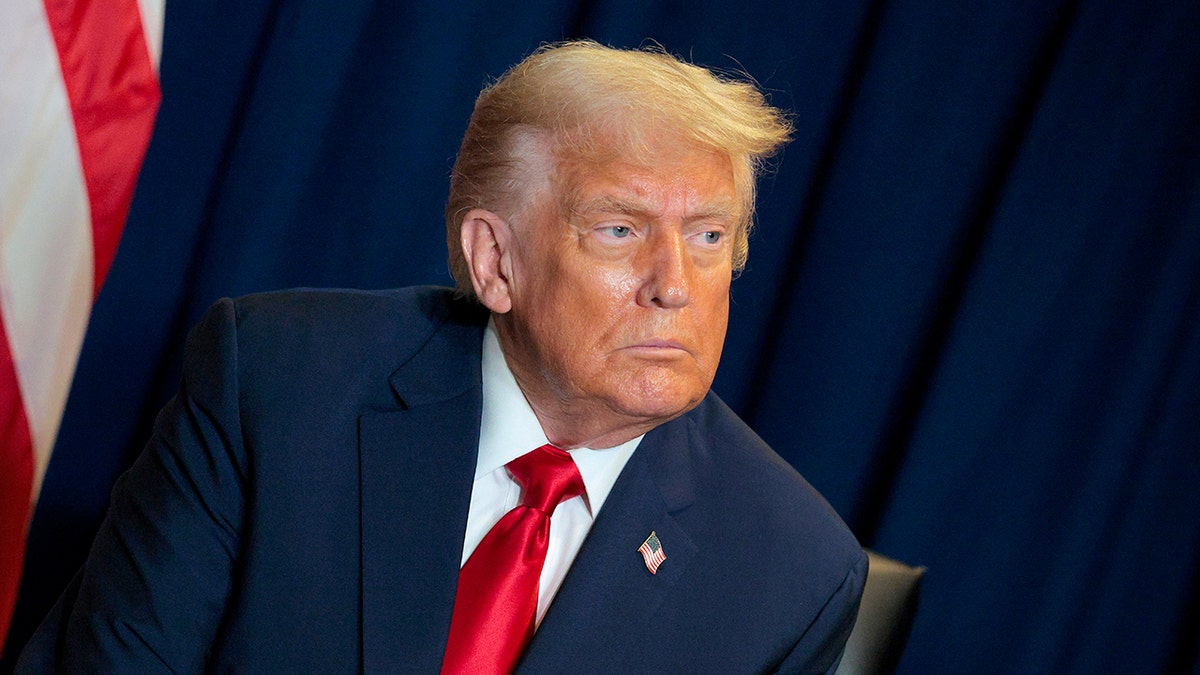
By Monday morning, Trump’s second move hit the airwaves.
The White House announced that several organizations “connected to or funding” the No Kings protests were under
federal investigation for possible foreign financial interference.
Administration officials alleged that “outside actors” might be fueling the movement to “destabilize domestic security” — though they provided no public evidence.
To critics, it was clear what this meant: Trump was attempting to delegitimize the protests by painting them as foreign-influenced, echoing tactics used by authoritarian regimes abroad.
Governor Gavin Newsom of California responded sharply:
“Calling Americans foreign agents because they disagree with you is not patriotism — it’s paranoia.”
Civil rights groups immediately condemned the move, warning that weaponizing national security laws against peaceful demonstrators could mark a chilling precedent.
“If this continues,” warned the ACLU, “dissent itself will be treated as a crime.”
Still, Trump’s base cheered the investigations, viewing them as a necessary strike against “chaos funded from the outside.”
3. The National Security Directive
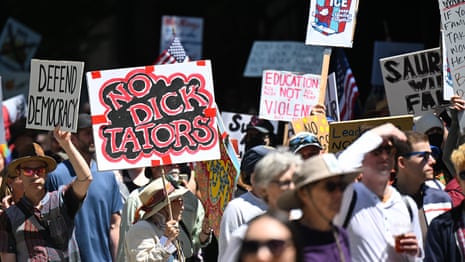
The third decision came quietly — but with enormous implications.
Late Monday night, Trump signed a national security directive expanding federal surveillance on “groups posing risks to internal stability.”
Though the document did not name specific organizations, sources close to the administration confirmed that several protest networks were being reviewed under the order.
In practice, this could give federal agencies
expanded authority to monitor communications, freeze certain accounts, and track organizers under counterintelligence powers usually reserved for foreign threats.
Critics immediately called it the most alarming overreach of Trump’s presidency
.
“He’s turning a protest into a security crisis — and citizens into suspects,” said legal scholar Maria Levinson. “It’s a declaration of war on the First Amendment.”
But Trump defended the order, saying it was about “restoring peace, not punishing protest.”
“When radical mobs threaten national unity, we must act,” he said from the White House. “America will not be ruled by chaos.”
The Nation Divided
Within days, the country seemed split in two.
Trump supporters hailed his actions as decisive leadership against “disorder and left-wing manipulation.”
Protesters, however, saw the moves as proof of everything they feared — a leader who no longer saw himself as elected, but enthroned.
Images from across the nation showed a country on edge:
-
In Portland, demonstrators marched with cardboard crowns stamped “Never Again.”
-
In Atlanta, police erected new barricades around the state capitol.
-
In Washington D.C., thousands knelt outside the Lincoln Memorial holding candles and small signs that read “The Republic Must Stand.”
Political analysts say Trump’s three-day reaction — the video, the investigations, and the national security order — marked a turning point in the relationship between the White House and civil society.
“This wasn’t just about protests,” said political commentator David Chen. “It was about power — and who gets to define what patriotism looks like.”
Beyond the Moment — A Struggle for Identity
For the 45–65+ audience that grew up during the Cold War and the Civil Rights Movement, the echoes are unmistakable:
The fight between fear and freedom.
The thin line between order and oppression.
What makes this moment haunting isn’t just the policies, but the symbolism.
A leader crowned in gold.
Citizens chanting for liberty.
And a nation wondering, once again, what it truly means to be free.
Because if the chants of “No Kings” meant anything, they were never just about Trump — they were about America’s promise to itself:
That no man, no matter how powerful, ever stands above the people.
